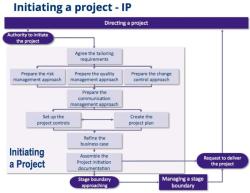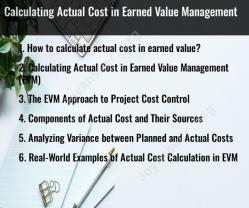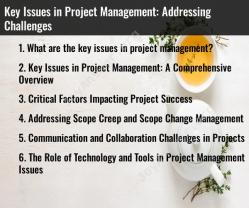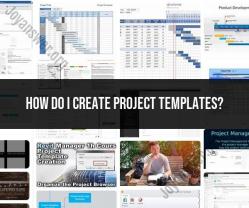What is the project initiation process?
The project initiation process is a crucial phase that lays the groundwork for a successful project. It involves defining the project's purpose, scope, stakeholders, and overall approach. Let's delve into the key components of the project initiation process and its significance:
1. Define Project Objectives
Begin by clearly articulating the project's objectives. What do you aim to achieve? Define the goals, outcomes, and deliverables that the project is expected to produce. This step sets the direction and purpose of the entire project.
2. Identify Stakeholders
Identify and involve key stakeholders who have an interest in the project's success. Stakeholders can include clients, team members, sponsors, end-users, and regulatory bodies. Engaging stakeholders from the start ensures their perspectives are considered and aligned with project goals.
3. Assess Feasibility
Conduct a feasibility study to evaluate the project's viability. Assess factors such as technical feasibility, financial viability, resource availability, and potential risks. A thorough feasibility analysis helps in making informed decisions about whether to proceed with the project.
4. Define Project Scope
Clearly define the boundaries of the project scope. What is included in the project, and what is not? Outline the specific tasks, activities, and deliverables that will be part of the project. A well-defined scope prevents scope creep and ensures focus.
5. Create a Project Charter
Develop a project charter that summarizes the project's purpose, objectives, scope, stakeholders, and high-level approach. The project charter serves as a formal document that provides a shared understanding of the project among team members and stakeholders.
6. Build the Project Team
Assemble a team with the right skills and expertise to execute the project. Define roles, responsibilities, and reporting structures within the team. Effective team composition contributes to a strong foundation for project execution.
7. Develop a High-Level Plan
Create a high-level project plan that outlines the major phases, milestones, and timelines. While the plan may evolve as the project progresses, having an initial roadmap provides a sense of direction and helps manage expectations.
8. Secure Necessary Resources
Ensure that the project has access to the required resources, including funding, equipment, materials, and facilities. Adequate resource allocation is essential to avoid disruptions and delays during project execution.
9. Obtain Approval
Present the project charter and plan to relevant stakeholders for approval. This approval signifies formal endorsement and support for the project's initiation. It also paves the way for the project to move into the execution phase.
10. Conclusion
The project initiation process serves as the foundation for project success. By defining objectives, identifying stakeholders, assessing feasibility, defining scope, creating a project charter, building the team, developing a plan, securing resources, and obtaining approval, organizations can set the stage for effective project execution and achievement of desired outcomes.











